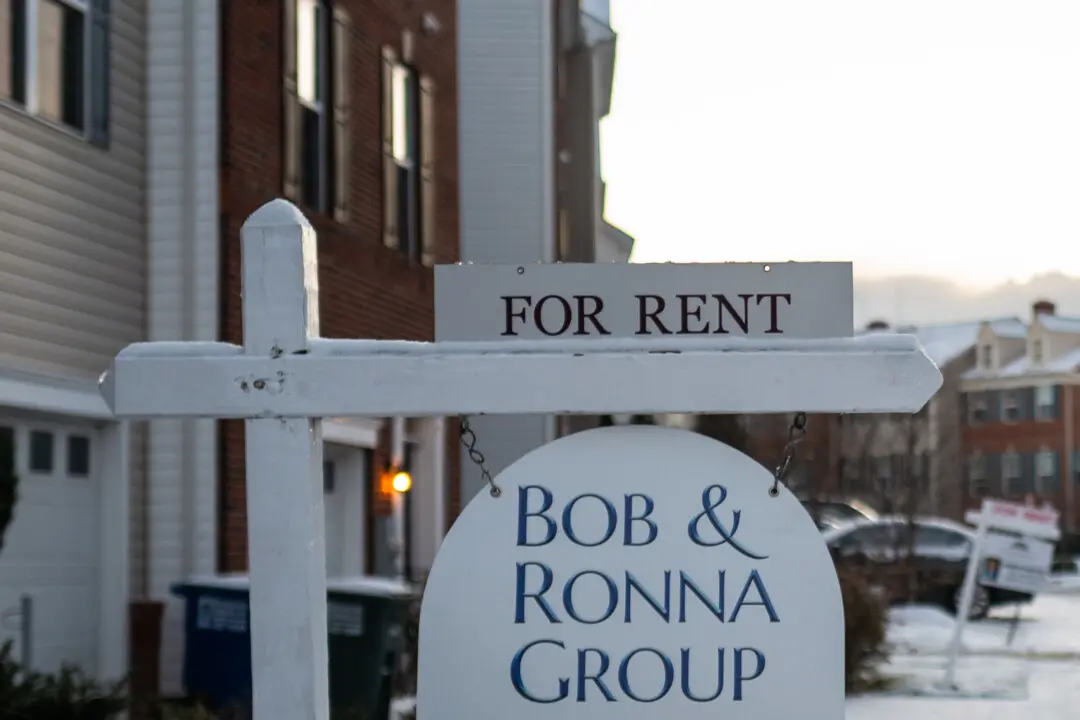Coupled with low supply inventory, rising home prices and more people moving into the valley, there’s a new trend taking shape in Arizona, where residential properties are being built to rent out rather than sell.
“It’s actually a fairly new form of residential real estate that really didn’t exist five or six years ago,” Randy Grudzinski with Empire Development Group told ABC15. The build-to-rent trend is mainly driven by demand, which, according to the Arizona Department of Housing estimates, comes to around 250,000 more homes and apartments needed right now in the state.





